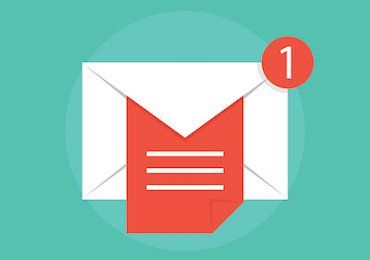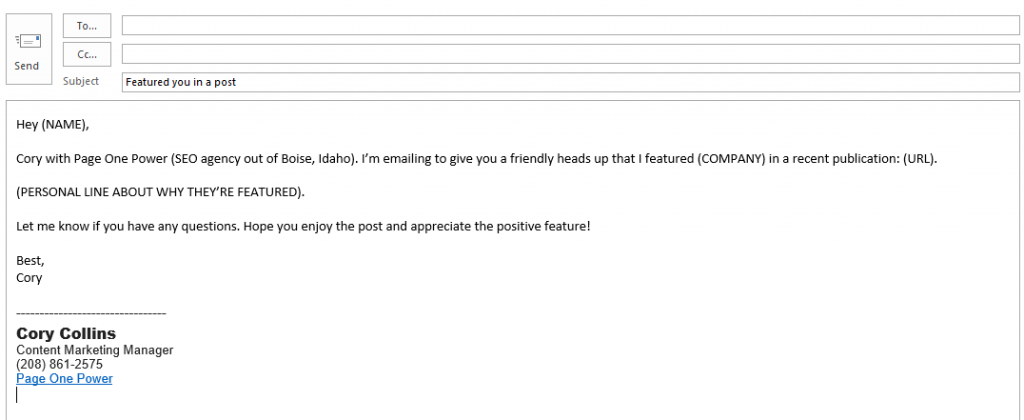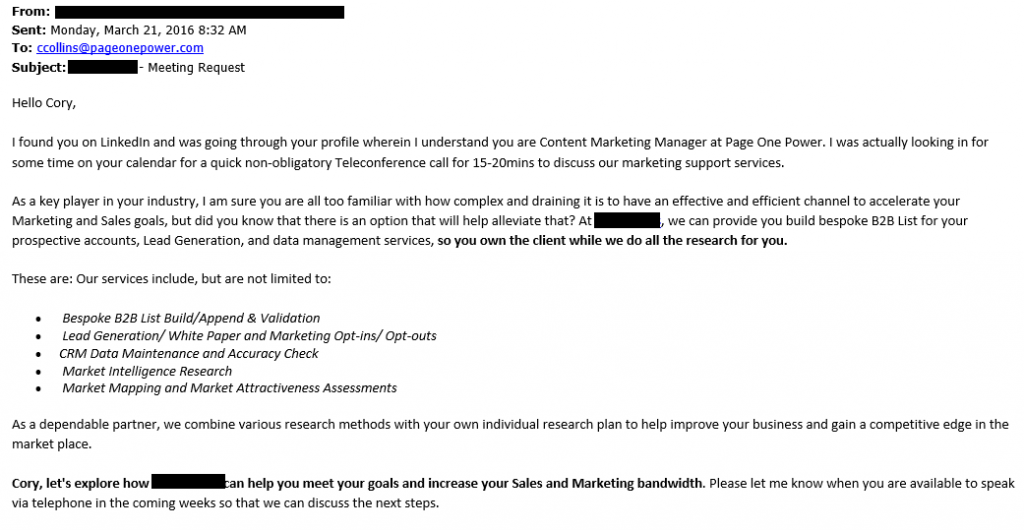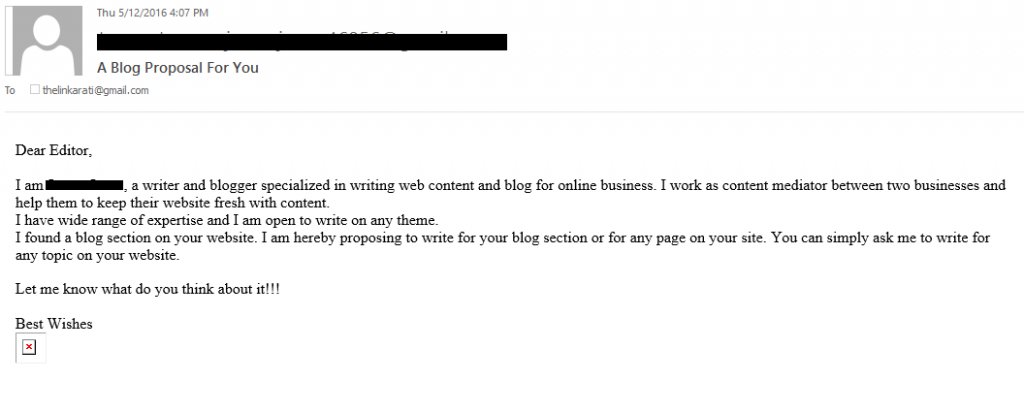
This is particularly true in SEO and link building, where communication is vital to educating clients, gaining buy-in, executing campaigns, securing links, and presenting results.
Email is the primary mode of communication in today’s digital world. If you can’t communicate well through email, you’ll struggle.
Benefits of effective communication
- Establishes trust, sets project scope, and defines expectations.
- Conveys and emphasizes the correct information.
- Enables both parties to be understood.
- Identifies team obstacles and facilitates problem solving.
- Ensures client, team, and personal satisfaction.
Your ability to present yourself well, communicate ideas, and pitch is fundamental to success.
Let me be clear:
Knowledge, skill, and integrity are vital to any business. But being able to communicate well is crucial in all aspects of work.
Good communication increases value, instills trust, builds confidence, resolves issues, reveals obstacles, and facilitates virtually every piece of an SEO campaign and relationship with clients, supervisors, and team members.
Communication is doubly valuable in link building, which requires one-to-one communication with other site owners in order to secure links. You need to effectively communicate WHY it’s in their (or their audiences’) best interest to link.
Here are my rules for effective email communication (and outreach):
- Use templates for format.
- Know your audience.
- Lead with value.
- Be clear and concise.
- Active language wins.
- Send complete emails.
- Follow up.
1) Templates: how to format emails
Everyone has received terrible mass-produced emails with a template containing zero customization.
If I receive one more “Dear Webmaster” email…
Despite this, I fervently believe in the value of templates. Templates lead to systems and processes, which lead to well-formatted emails that are easy to read and understand (not to mention produce).
My rule of thumb for whether or not I use a template is:
- Am I sending multiple emails to a similar audience?
- Will I send a similar email in the future?
- Is there an optimal way to structure the information to convey my message?
The secret to a good template is list segmentation. Your template should be customized to your audience, leaving enough room for variance as needed.
Unless I’m replying to a thread or sending a unique email, it’s highly likely I’m using some form of template.
Even hand written emails follow a general format (AKA template). Think about the various emails you have to send every day. I bet there are a handful of general templates you follow, even if you’re composing each email individually.
Here’s an example of a template I use often:

This is what I use when I include a positive mention of someone or their company in a post. This helps me build a connection, alerts them to the fact they’ve been mentioned and why, and maybe even nets me a couple social shares.
Creating processes is key to effectiveness. This idea of optimizing shouldn’t be new to the SEO crowd
2) Know your audience
The most important rule of communication is to base the entire conversation around your audience.
Think about it:
How do you converse with a colleague? A supervisor? A client? A good friend? Your parent?
Style, tone, word choice, and mode of communication varies with each audience. It’s communication 101 – you need to structure the conversation that makes sense and is effective for that audience.
Here’s what you should know about your contact before drafting an email:
- Name
- Title/position
- Personality
- Authority/influence
- Their communication style
- How often they’re pitched
- Your professional relationship.
If you send similar emails, regardless of audience, you’re communicating ineffectively.
3) Value-first Communication
There’s always a reason WHY you’re sending an email.
To communicate effectively, it should be clear why you’ve sent an email, and why it matters to the person you’re emailing.
It’s the last bit – why your email matters to your contact – that’s most important. Leading with this is how you establish value, and gain consideration.
You don’t need to write a long introduction about who you are, or why what you’re doing matters to the world. Lead with the value to your audience.
Why should they care?
The earlier you can answer this question in an email, the better.
When editing a template, my first step is always to move the “why this matters to you” statement to the top (or as near the top as possible).
Here’s an email pitch I receive often:

Here’s how I would make this email value-first.
Hello Cory,
Are you working to improve your sales and marketing bandwidth?
(custom line that speaks directly to the person’s position or the company).
At [redacted] we provide you with a bespoke B2B list for your prospective accounts, lead generation, and data management services, so you own the client while we do all the research.
We specialize in:Let’s discuss how [redacted] can help you meet your goals.
- White Paper lead generation.
- CRM Data Maintenance and accuracy.
- Market intelligence research.
- Market mapping and market assessment.
Is it perfect? No – this isn’t my business so I can’t rework the message or positioning. Also, I’m not looking to purchase or outsource list building, so I’m the wrong audience.
However, this reformatted version leads with value. It doesn’t waste any time. If it’s not the right fit, they can move on right away. If it is, they’re more likely to actually read it and reply.
There should always be a reason WHY you’re sending the email.
Don’t bury your lede.


No comments:
Post a Comment